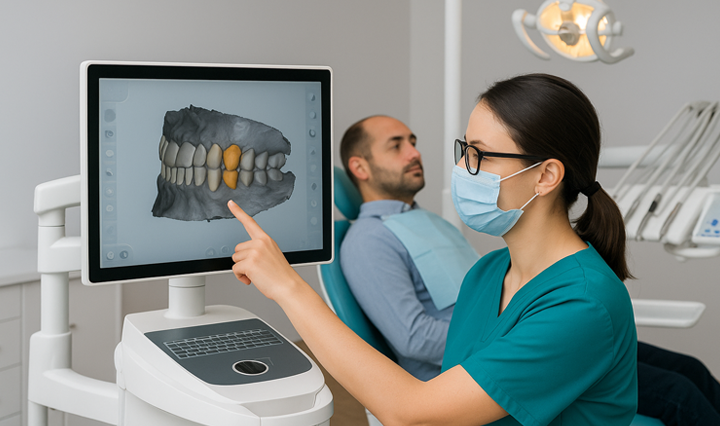6. Conclusion: The future is digital - act now
The transformation to a modern dental practice is not a short-term trend, but a necessary step towards future-proof practice management. Digital technologies such as AI, 3D printing and teledentistry offer concrete advantages in diagnostics, treatment and patient communication. Those who act now will secure competitive advantages and position themselves as innovative healthcare providers.
Discover our solutions for digital dental technology now::
imes-icore category page
Do you have any questions? Please contact us!
To the contact form
Stay informed - subscribe to our newsletter!
Register now
FAQ on modern dental practices:
What does digitalization mean in the dental practice?
Digitalization encompasses all processes that are made more efficient by digital technologies - from patient management to diagnostics.
What are the advantages of 3D printing in dentistry?
It enables faster, more cost-effective and more individualized production of dental prostheses directly in the practice.
How does teledentistry work?
Patients can be cared for from any location via secure video connections, for example for initial consultations or aftercare.
Is AI already being used in dentistry?
Yes, especially for analyzing image data, diagnostic support and documentation.
Why is the patient experience so important?
A positive experience promotes patient loyalty, improves communication and increases satisfaction.
Which tools improve patient communication?
Digital appointment booking, automated messages and online information forms are particularly effective.
